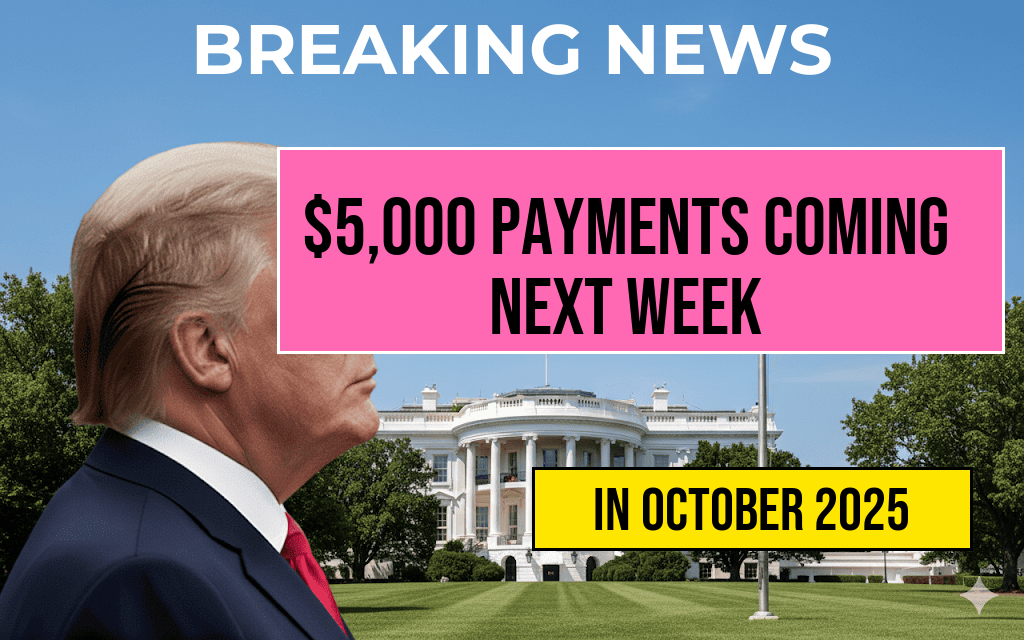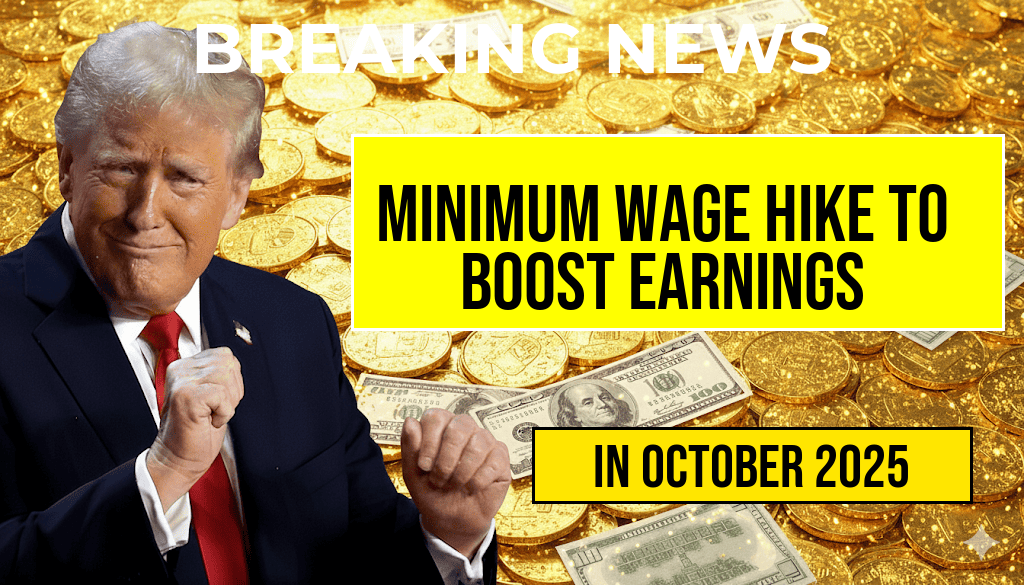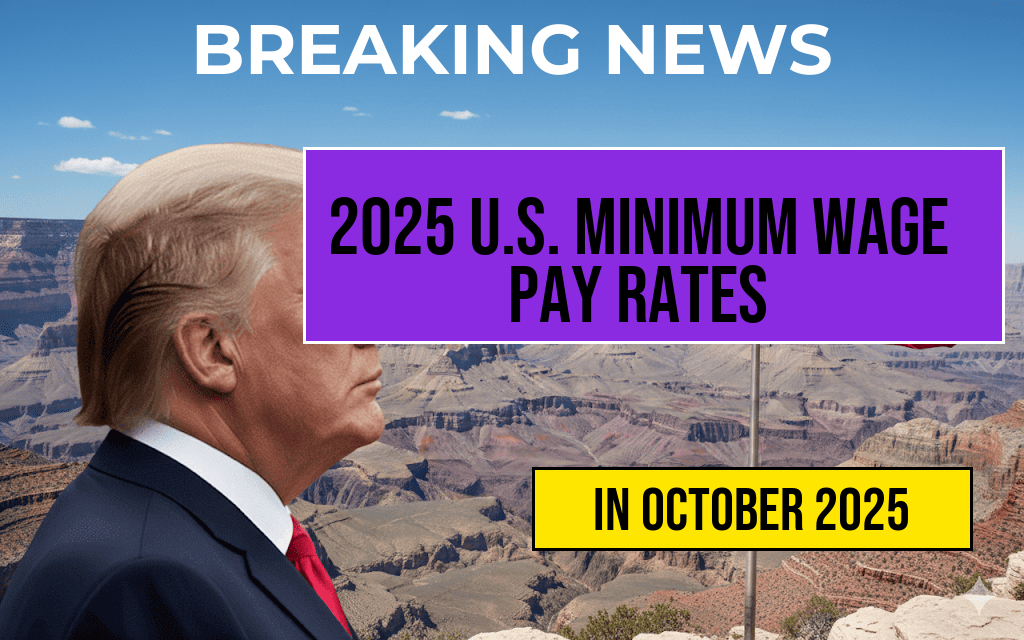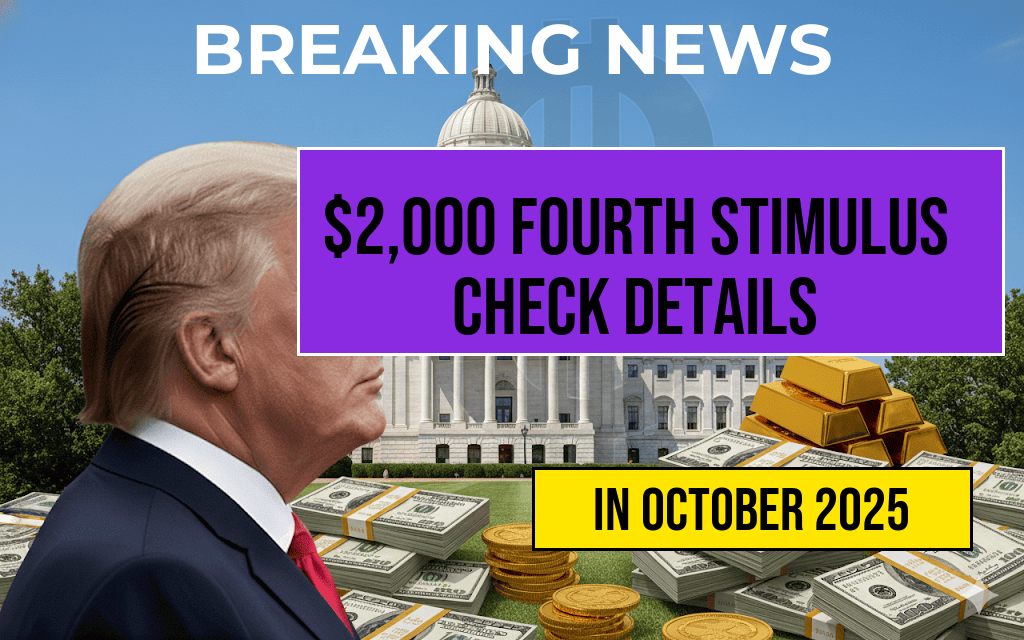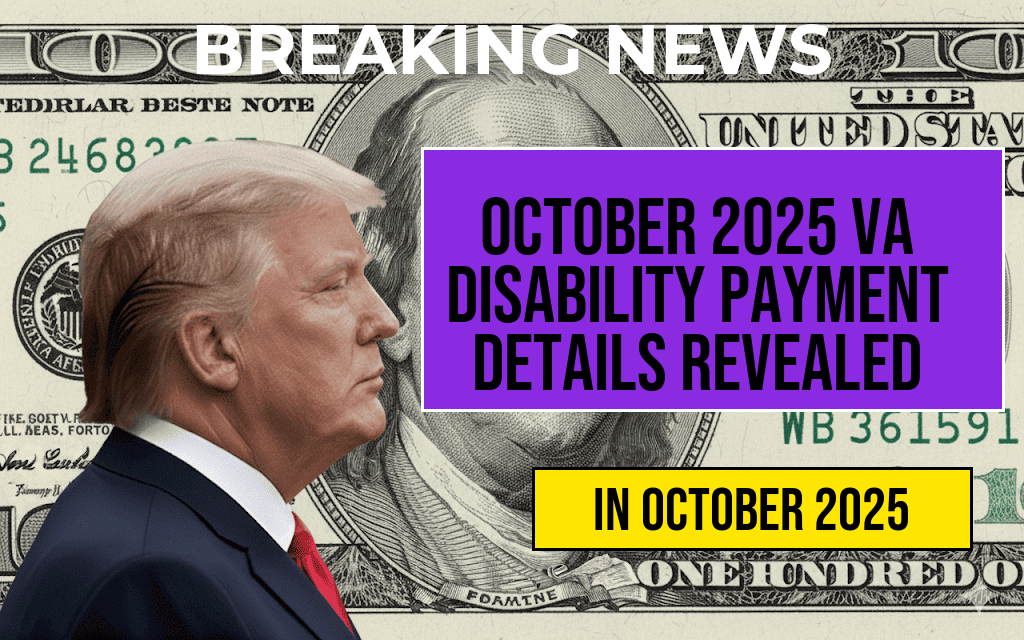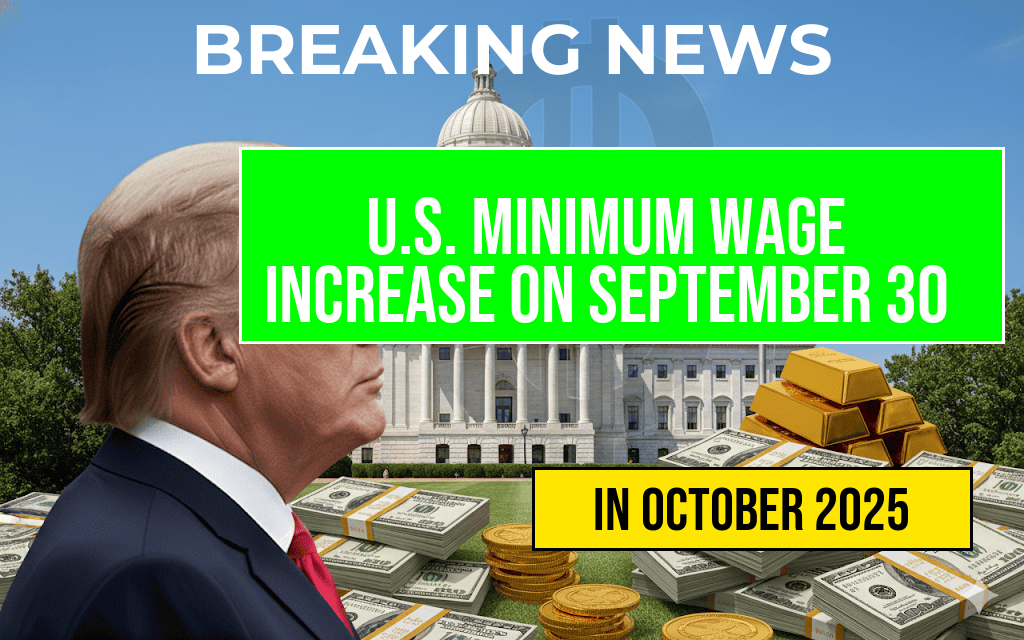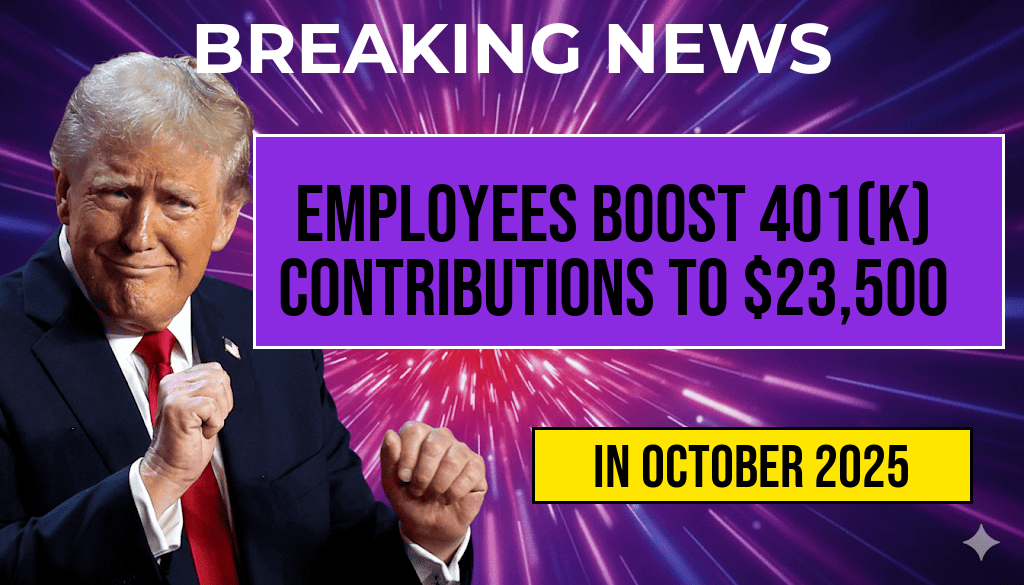The U.S. Department of Labor has announced updated hourly pay rates for the federal minimum wage, set to increase in 2025. Effective October 4, 2023, these changes reflect a substantial adjustment aimed at improving the financial well-being of American workers. The federal minimum wage, currently at $7.25 per hour, will see a gradual increase over the next two years, culminating in a projected rate of $15.00 per hour by 2025. This adjustment is part of a broader initiative to address rising living costs and ensure that workers receive a fair wage. As lawmakers and advocates continue to debate the implications of this increase, stakeholders from various sectors are preparing for its impact on the economy and workforce dynamics.
Understanding the Minimum Wage Increase
The recent announcement regarding the federal minimum wage increase has generated significant interest among labor groups, businesses, and economists. As the cost of living continues to rise in various regions across the country, the need for a higher minimum wage has become more pressing. The planned increase is expected to benefit millions of workers, particularly those in low-wage sectors.
Timeline of Increments
The following table outlines the projected increases in the federal minimum wage leading up to 2025:
| Year | Minimum Wage Rate |
|---|---|
| 2023 | $7.25 |
| 2024 | $10.00 |
| 2025 | $15.00 |
Implications for Workers and Businesses
For many workers, the increase to $15.00 per hour represents a significant boost in earnings, especially for those in low-paying jobs. This adjustment is anticipated to lift many families out of poverty and reduce reliance on government assistance programs. According to a study by the Economic Policy Institute, raising the federal minimum wage could directly benefit over 32 million American workers. Source
- Increased Disposable Income: Higher wages will allow workers to spend more on essential goods and services, stimulating local economies.
- Reduced Employee Turnover: Businesses may experience lower turnover rates as employees feel more valued and compensated fairly.
- Potential Price Increases: Some businesses may raise prices to accommodate higher wages, which could affect consumers.
Responses from Lawmakers and Advocates
The announcement has drawn mixed reactions from lawmakers. Supporters argue that the increase is long overdue and essential for economic stability. They highlight the importance of ensuring that full-time workers earn a livable wage. On the other hand, some critics express concerns about the potential economic impact on small businesses, suggesting that the increased labor costs might lead to job losses or reduced hiring.
Labor unions and advocacy groups have largely welcomed the news, emphasizing that this change will help address income inequality and improve the livelihoods of countless Americans. Source
Regional Variations in Minimum Wage
While the federal minimum wage sets a baseline, many states and municipalities have enacted their own minimum wage laws that exceed the federal rate. As of 2023, states like California and New York have minimum wages over $15 per hour. The following list highlights states with higher minimum wages:
- California: $15.50 per hour
- Washington: $15.74 per hour
- Massachusetts: $15.00 per hour
Future Considerations
As the 2025 increase approaches, both businesses and workers must prepare for the changes ahead. Employers may need to reevaluate their budgets, while workers should remain informed about their rights and the potential benefits of the wage increase. Economists will be closely monitoring the impacts of the wage hike, particularly in sectors traditionally reliant on low-wage labor.
The planned federal minimum wage increase is a pivotal moment in the ongoing conversation about labor rights and economic equity in the United States. With the effective date approaching, the focus will remain on how this increase will reshape the landscape of American employment and living standards.
Frequently Asked Questions
What is the new minimum wage rate in the U.S. effective October 4, 2025?
The updated minimum wage rate in the U.S. will increase to $15 per hour effective October 4, 2025.
How often are minimum wage rates updated in the U.S.?
Minimum wage rates are typically updated on a federal or state level, and changes can occur annually or as needed, depending on legislation.
Who will be affected by the minimum wage increase?
The minimum wage increase will primarily affect low-income workers, including those in the service, retail, and hospitality industries.
Are there any exceptions to the minimum wage increase?
Yes, certain categories of workers, such as tipped employees and those under the age of 20, may have different minimum wage rates or exemptions.
Where can I find more information about state-specific minimum wage laws?
You can find detailed information about state-specific minimum wage laws on the U.S. Department of Labor website or your respective state labor office’s site.

